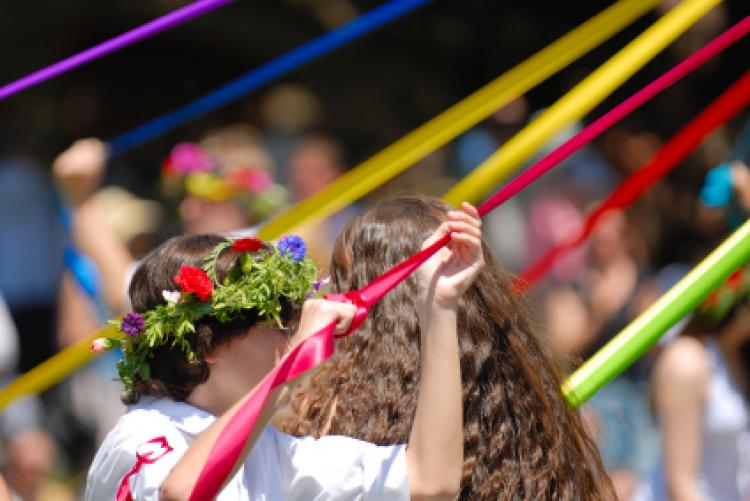May Day (Lá Bealtaine)
Fairs or communal meals are held in some villages. Some people attend Labour Day parades, demonstrations and celebrations in large cities, such as Dublin. These often attract contingents from trade unions, political parties and groups campaigning for social justice from the Republic of Ireland and Northern Ireland. These events may be on the first Monday of May or a Saturday close to this date.
The beginning of May is associated with the Celtic festival Lá Bealtaine. This marked the start of the season of blossoming flowers and fruit trees. Traditionally, belfires are lit on the evening before May Day. Belfires are large bonfires burning wood from a range of types of trees. The different types of wood had different spiritual meanings and were thought to play an important role in the fertility of the land and cattle in the coming year.
The first Monday of May became a public holiday following the Public Holiday Regulations 1993 Act. The holiday was first observed in 1994. Find out more about the background to this holiday by reading Timeanddate.com's general article on May Day/Labor Day.

The maypole is a traditional symbol of May Day and fertility in the Republic of Ireland. A maypole is generally three or more meters (ten or more feet) tall and is decorated with colorful ribbons. Children and young people traditionally dance around the maypole on May Day, although this custom is fading. Each person holds one or more ribbons during the dancing. After the dances are completed, the ribbons are arranged to make a decorative pattern on the pole. The May Day dances traditionally signified the beginning of the courting season for young people.




